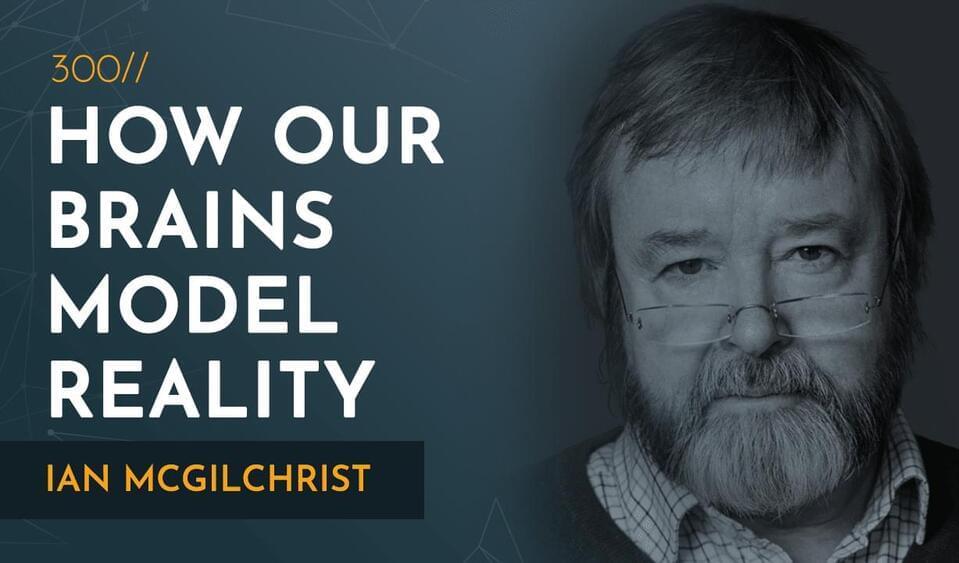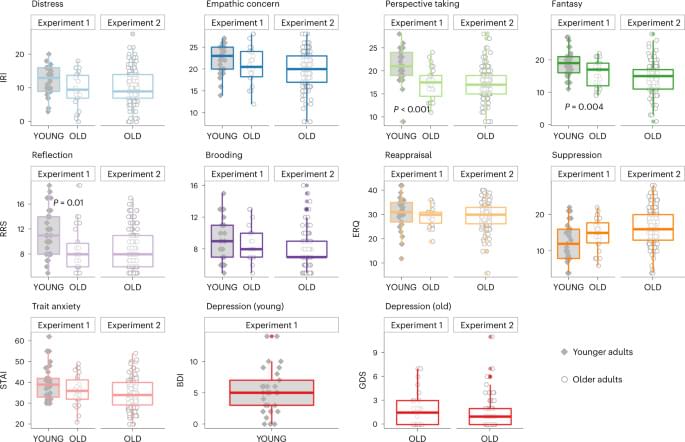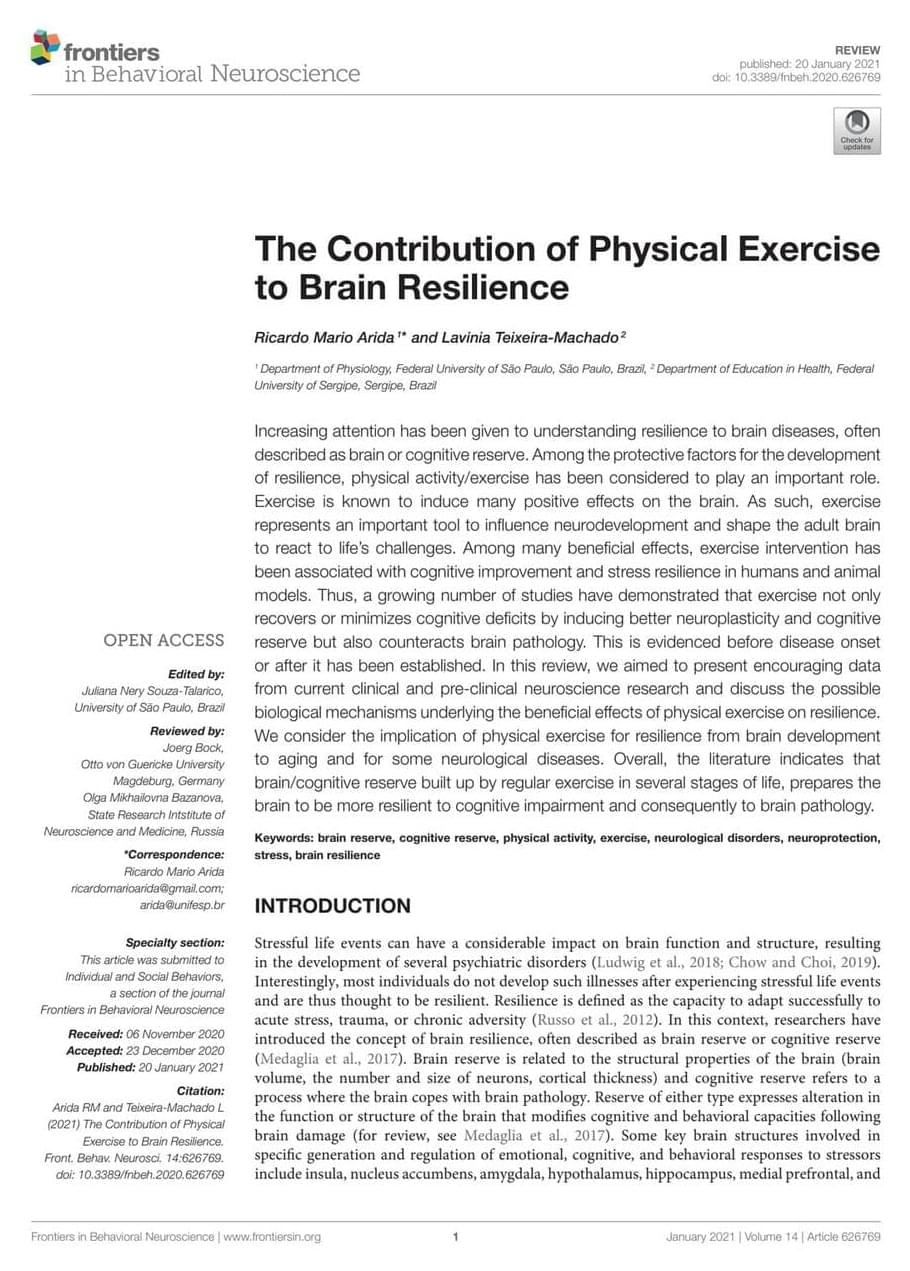Mar 16, 2023
Uploading your consciousness will never work, a neuroscientist explains
Posted by Jose Ruben Rodriguez Fuentes in categories: materials, neuroscience
1. The mind, brain, and body are inextricably linked
The idea that the mind and brain are separate is usually attributed to the 17th-century French mathematician and philosopher René Descartes, who was what philosophers now call a substance dualist. Descartes believed that the mind and body are made of different substances: the body of a physical substance, and the mind of some mysterious, nonphysical material.
Today, most neuroscientists reject this idea. Modern brain research suggests that the mind is made of matter and emerges from brain activity. Even so, most still study the brain in isolation, without taking the body into consideration.


















